BYD Tang vs ZEEKR 7X – Which one offers the better deal?
Everyday use, family trips or long-distance drives – here’s where the differences show.
Discover whether BYD Tang or ZEEKR 7X fits your lifestyle better.
Costs and Efficiency:
Looking at overall running costs, both models reveal some interesting differences in everyday economy.
ZEEKR 7X has a convincingly advantage in terms of price – it starts at 45400 £, while the BYD Tang costs 64300 £. That’s a price difference of around 18865 £.
In terms of energy consumption, the advantage goes to the ZEEKR 7X: with 17.70 kWh per 100 km, it’s evident more efficient than the BYD Tang with 24 kWh. That’s a difference of about 6.30 kWh.
As for range, the ZEEKR 7X performs to a small extent better – achieving up to 615 km, about 85 km more than the BYD Tang.
Engine and Performance:
Under the bonnet, it becomes clear which model is tuned for sportiness and which one takes the lead when you hit the accelerator.
When it comes to engine power, the ZEEKR 7X has a to a small extent edge – offering 646 HP compared to 517 HP. That’s roughly 129 HP more horsepower.
In acceleration from 0 to 100 km/h, the ZEEKR 7X is noticeable quicker – completing the sprint in 3.80 s, while the BYD Tang takes 4.90 s. That’s about 1.10 s faster.
In terms of top speed, the ZEEKR 7X performs hardly perceptible better – reaching 210 km/h, while the BYD Tang tops out at 190 km/h. The difference is around 20 km/h.
There’s also a difference in torque: ZEEKR 7X pulls slight stronger with 710 Nm compared to 680 Nm. That’s about 30 Nm difference.
Space and Everyday Use:
Whether family car or daily driver – which one offers more room, flexibility and comfort?
Seats: BYD Tang offers evident more seating capacity – 7 vs 5.
In curb weight, ZEEKR 7X is slight lighter – 2395 kg compared to 2630 kg. The difference is around 235 kg.
In terms of boot space, the ZEEKR 7X offers convincingly more room – 539 L compared to 235 L. That’s a difference of about 304 L.
When it comes to payload, BYD Tang somewhat takes the win – 575 kg compared to 485 kg. That’s a difference of about 90 kg.
Who comes out on top?
Overall, the ZEEKR 7X shows itself to be leaves the rival little chance and secures the title of DriveDuel Champion.
It convinces with the more balanced overall package and proves to be the more versatile choice for everyday use.

ZEEKR 7X
BYD Tang
The BYD Tang represents a bold entry into the competitive SUV market, blending cutting-edge technology with modern design aesthetics. Its spacious interior is complemented by high-quality materials and innovative features, making it a strong contender for families and tech enthusiasts alike. With an emphasis on sustainability, the Tang offers an eco-friendly driving experience without compromising on performance or luxury.
details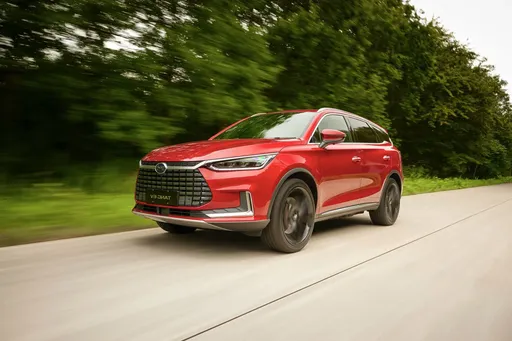 @ BYD Auto / BYD Global Media
@ BYD Auto / BYD Global Media
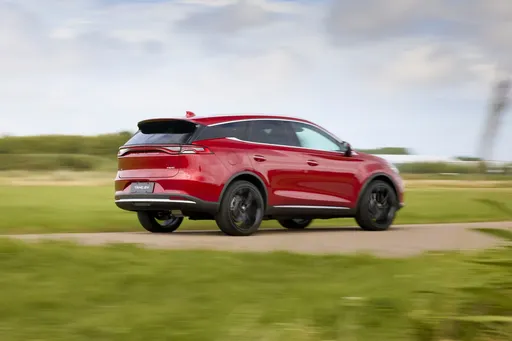 @ BYD Auto / BYD Global Media
@ BYD Auto / BYD Global Media
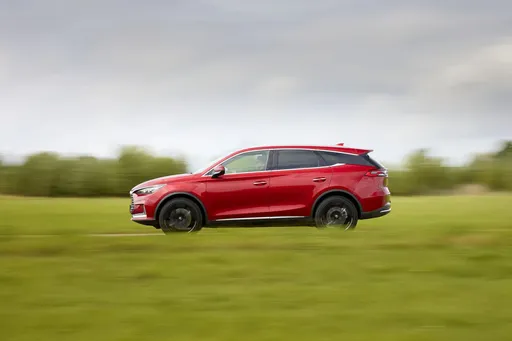 @ BYD Auto / BYD Global Media
@ BYD Auto / BYD Global Media
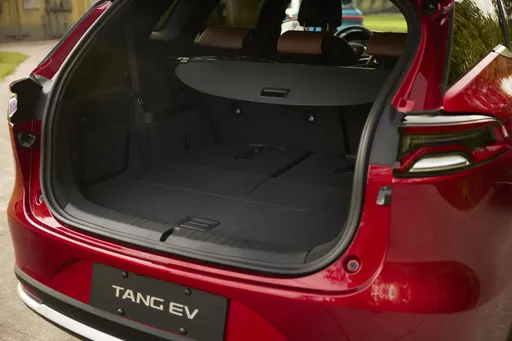 @ BYD Auto / BYD Global Media
@ BYD Auto / BYD Global Media
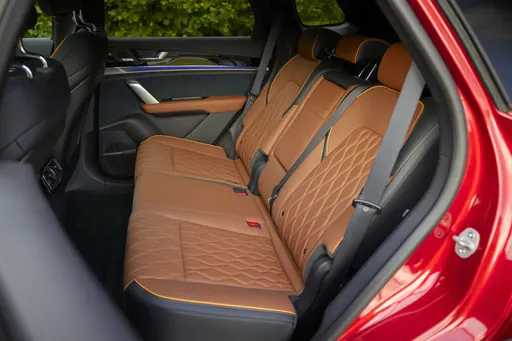 @ BYD Auto / BYD Global Media
@ BYD Auto / BYD Global Media
ZEEKR 7X
The ZEEKR 7X is a striking entry into the electric vehicle market, blending sleek aesthetics with a promise of cutting-edge technology. Its design exudes modern luxury while offering advanced features tailored for tech-savvy drivers. Positioned as a competitor in the premium electric segment, the 7X aims to deliver a dynamic driving experience alongside eco-friendly credentials.
details
 @ BYD Auto / BYD Global Media
@ BYD Auto / BYD Global Media
|
|
|
|
|
Costs and Consumption |
|
|---|---|
|
Price
64300 £
|
Price
45400 - 54000 £
|
|
Consumption L/100km
-
|
Consumption L/100km
-
|
|
Consumption kWh/100km
24 kWh
|
Consumption kWh/100km
17.7 - 19.9 kWh
|
|
Electric Range
530 km
|
Electric Range
480 - 615 km
|
|
Battery Capacity
-
|
Battery Capacity
-
|
|
co2
0 g/km
|
co2
0 g/km
|
|
Fuel tank capacity
-
|
Fuel tank capacity
-
|
Dimensions and Body |
|
|---|---|
|
Body Type
SUV
|
Body Type
SUV
|
|
Seats
7
|
Seats
5
|
|
Doors
5
|
Doors
5
|
|
Curb weight
2630 kg
|
Curb weight
2395 - 2535 kg
|
|
Trunk capacity
235 L
|
Trunk capacity
539 L
|
|
Length
4970 mm
|
Length
4787 mm
|
|
Width
1955 mm
|
Width
1930 mm
|
|
Height
1745 mm
|
Height
1650 mm
|
|
Max trunk capacity
1655 L
|
Max trunk capacity
-
|
|
Payload
575 kg
|
Payload
455 - 485 kg
|
Engine and Performance |
|
|---|---|
|
Engine Type
Electric
|
Engine Type
Electric
|
|
Transmission
Automatic
|
Transmission
Automatic
|
|
Transmission Detail
Reduction Gearbox
|
Transmission Detail
Reduction Gearbox
|
|
Drive Type
All-Wheel Drive
|
Drive Type
Rear-Wheel Drive, All-Wheel Drive
|
|
Power HP
517 HP
|
Power HP
421 - 646 HP
|
|
Acceleration 0-100km/h
4.90 s
|
Acceleration 0-100km/h
3.8 - 6 s
|
|
Max Speed
190 km/h
|
Max Speed
210 km/h
|
|
Torque
680 Nm
|
Torque
440 - 710 Nm
|
|
Number of Cylinders
-
|
Number of Cylinders
-
|
|
Power kW
380 kW
|
Power kW
310 - 475 kW
|
|
Engine capacity
-
|
Engine capacity
-
|
General |
|
|---|---|
|
Model Year
2024
|
Model Year
2025
|
|
CO2 Efficiency Class
A
|
CO2 Efficiency Class
A
|
|
Brand
BYD
|
Brand
ZEEKR
|
Is the BYD Tang offered with different drivetrains?
The BYD Tang is available as All-Wheel Drive.
The prices and data displayed are estimates based on German list prices and may vary by country. This information is not legally binding.
